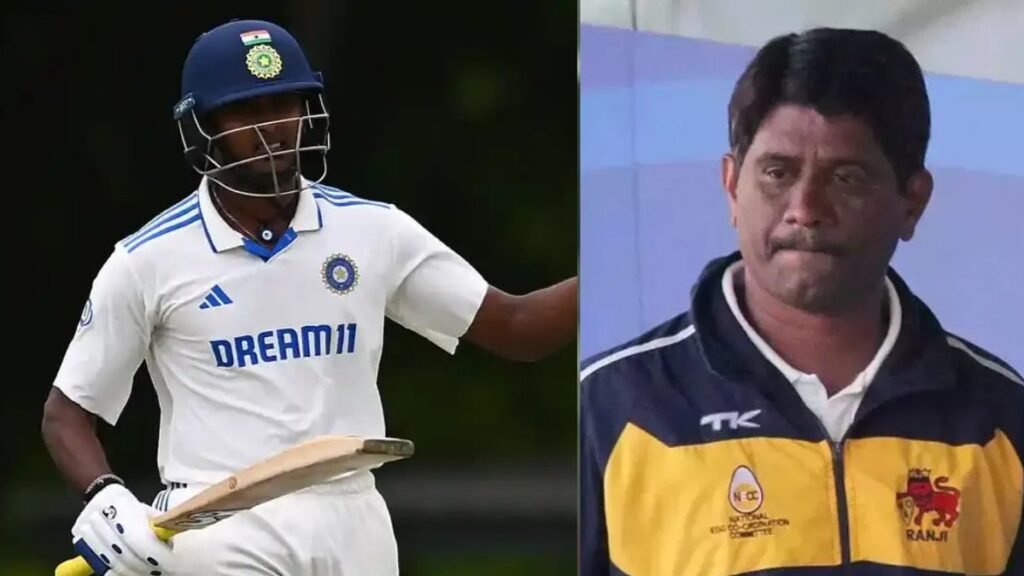
Former coach Sulakshan Kulkarni has sparked discussion across the cricketing fraternity with his candid remarks about talented young batter Sai Sudharsan, questioning his technique and readiness for higher levels of the game. While Sudharsan has emerged as a promising name, particularly in the Indian Premier League, Kulkarni’s comments bring attention to what he sees as critical technical deficiencies—particularly against seam movement on difficult pitches.
Speaking in an interview, Kulkarni stated, “His domestic record is not great. When I was the coach, I saw him play on a seaming track in at least two matches. And he didn’t play well there. His technique against the moving ball needs to improve.” This comment has reignited the age-old debate in Indian cricket—whether IPL success alone is enough to judge a player’s overall caliber, especially in red-ball or first-class formats.
Sai Sudharsan has certainly turned heads with his performances in white-ball cricket, especially for Gujarat Titans in the IPL. His composed approach, clean hitting, and maturity at the crease have drawn praise from fans and experts alike. However, Kulkarni’s concerns stem from what he witnessed in domestic four-day matches, where the challenge of movement off the pitch is more pronounced, and stroke-making is a more nuanced affair.
Kulkarni, known for his strict coaching style and eye for technical detail, emphasized that while Sudharsan’s potential is undeniable, certain technical flaws—particularly when facing the moving ball—must be corrected if he is to succeed at the next level, particularly in Test cricket. “You cannot hide in red-ball cricket,” Kulkarni noted in the same conversation. “Seaming conditions expose your technique, and temperament is truly tested.”
While many young cricketers thrive under the high-pressure, fast-paced environment of the IPL, the grind of domestic cricket presents a very different challenge. Indian conditions, especially on greenish surfaces in places like Mohali, Dharamsala, or Lucknow, can assist swing and seam, demanding more than just flair—it demands technique, grit, and patience.
Critics and supporters of Sudharsan have both weighed in following Kulkarni’s remarks. While some agree that his red-ball record and performances on tricky surfaces have not yet matched his white-ball prowess, others believe it is too early to make definitive judgments. At just 22 years of age, Sudharsan is still in the early phases of his career, and many believe with the right guidance and work ethic, he can overcome such technical gaps.
The comments, though critical, could serve as a wake-up call and perhaps even motivation for Sudharsan. Constructive criticism from experienced voices like Kulkarni’s can often be the spark young players need to evolve their game. In fact, many past Indian greats have faced similar doubts early on, only to return stronger after identifying and fixing their flaws.
Sudharsan’s journey is still unfolding, and despite his struggles on seaming pitches, his promise is evident. The challenge ahead will be about proving he can adapt—not just dominate in the IPL but also develop the resilience and technical fortitude needed to succeed in all formats. Whether Kulkarni’s observations will fuel that transformation remains to be seen.

